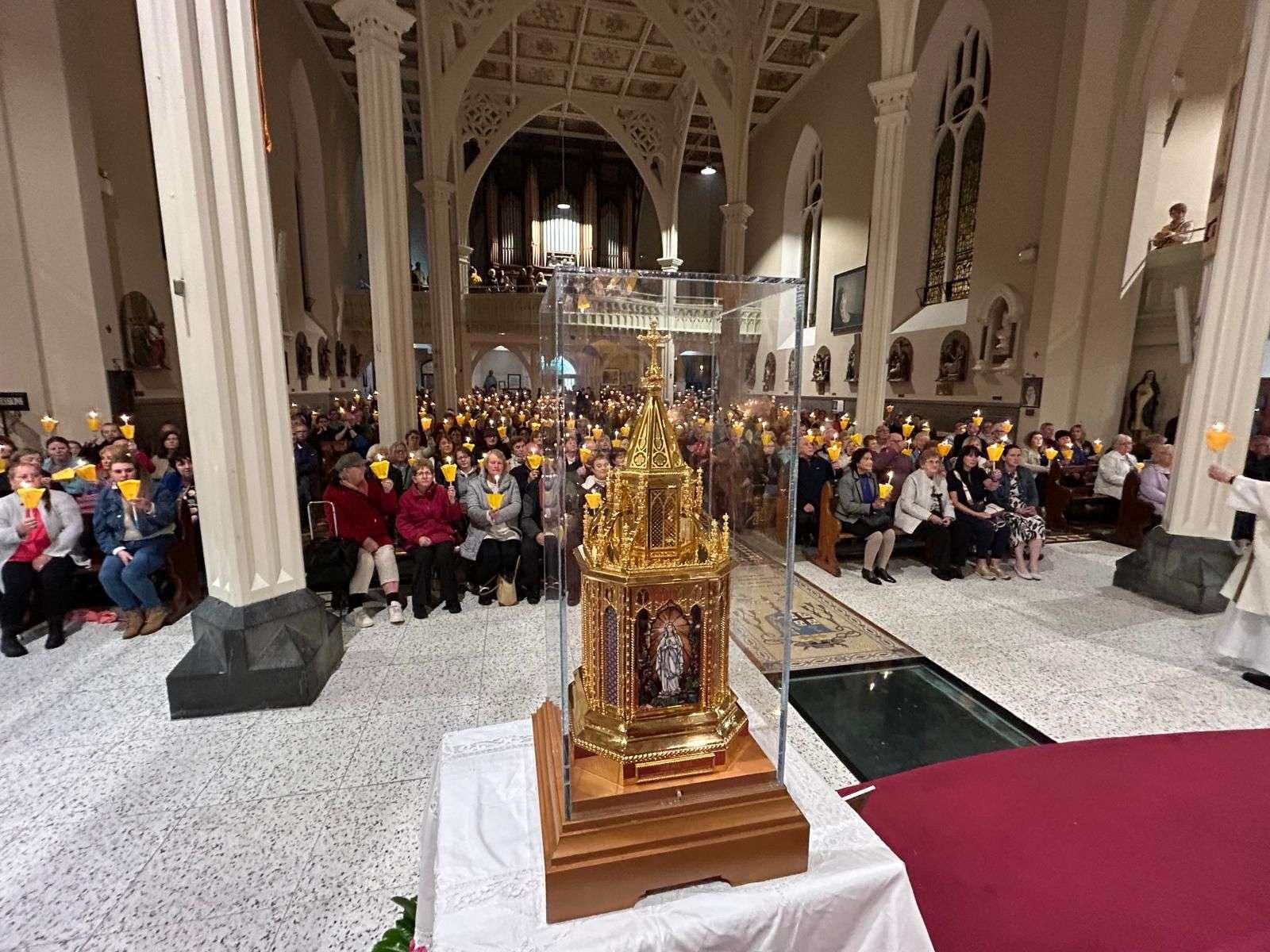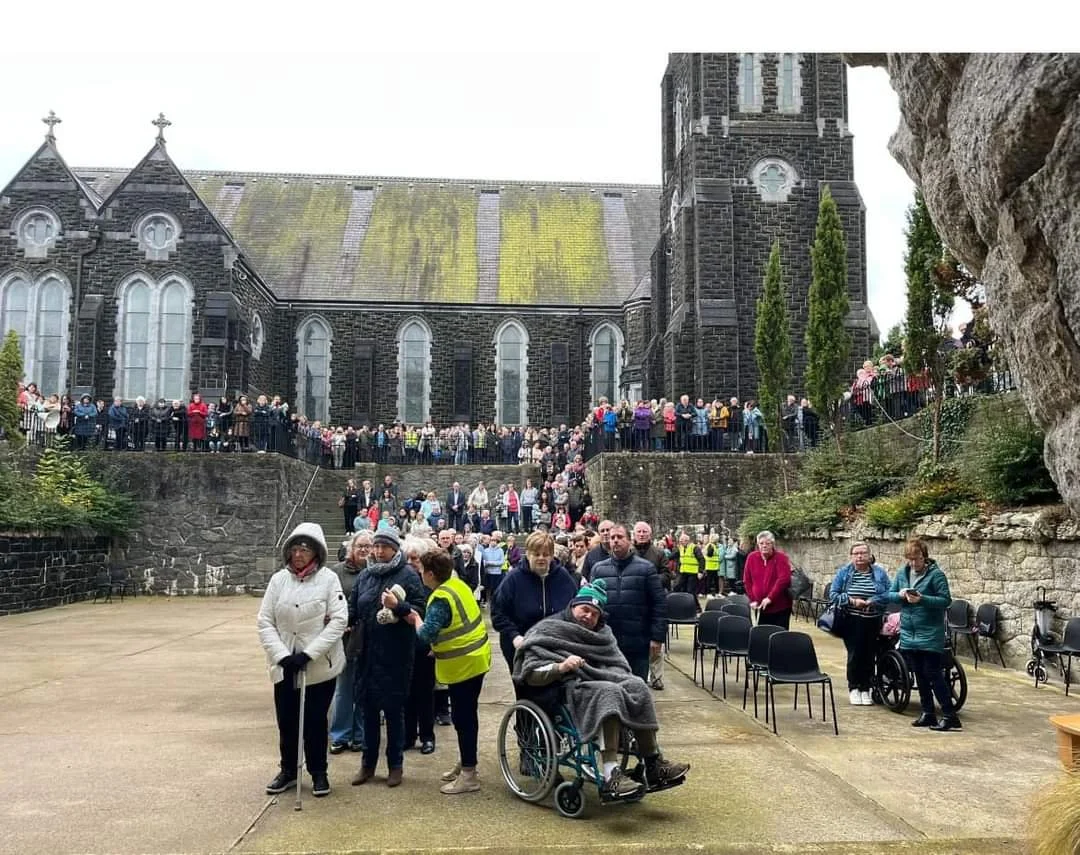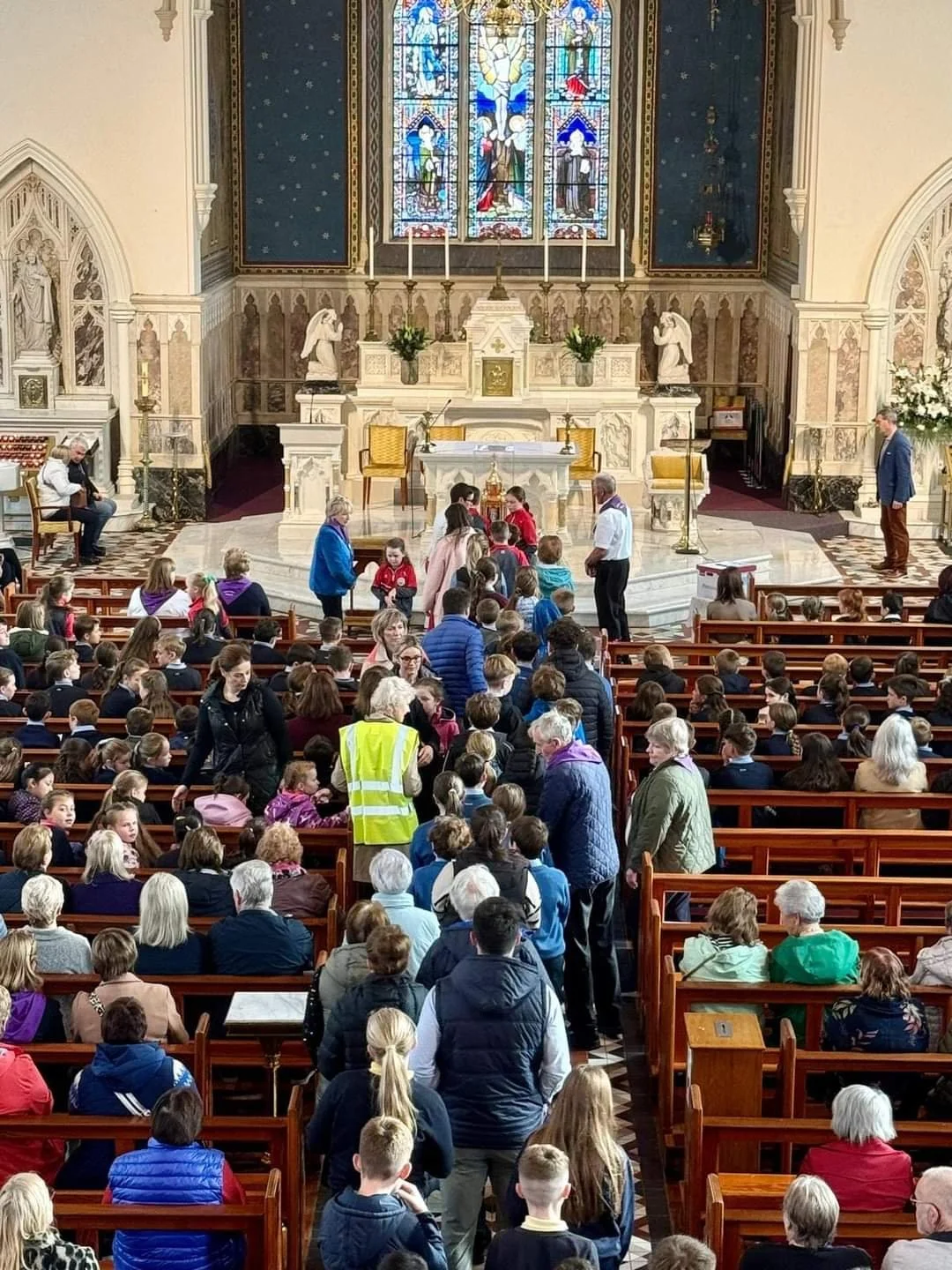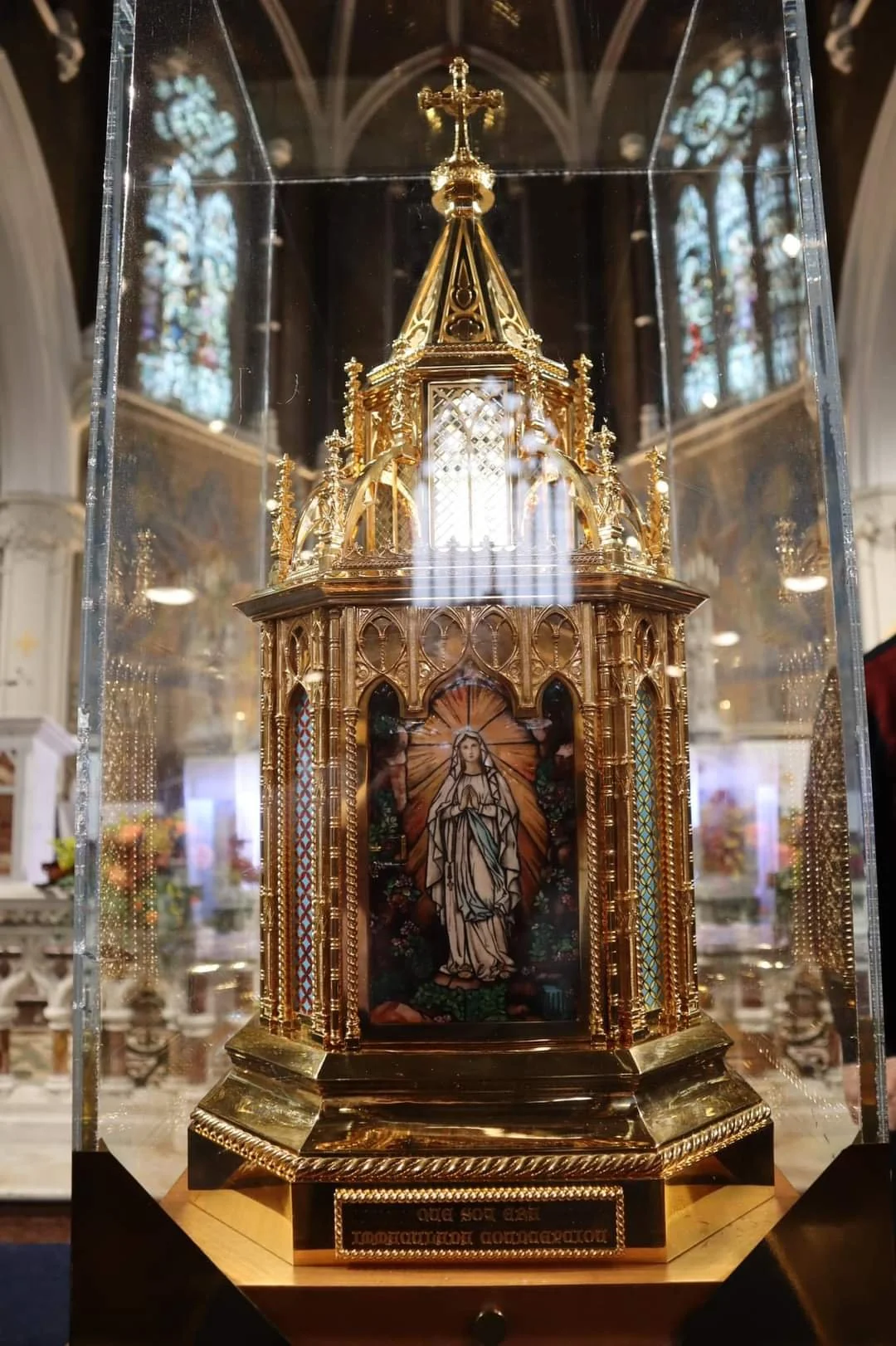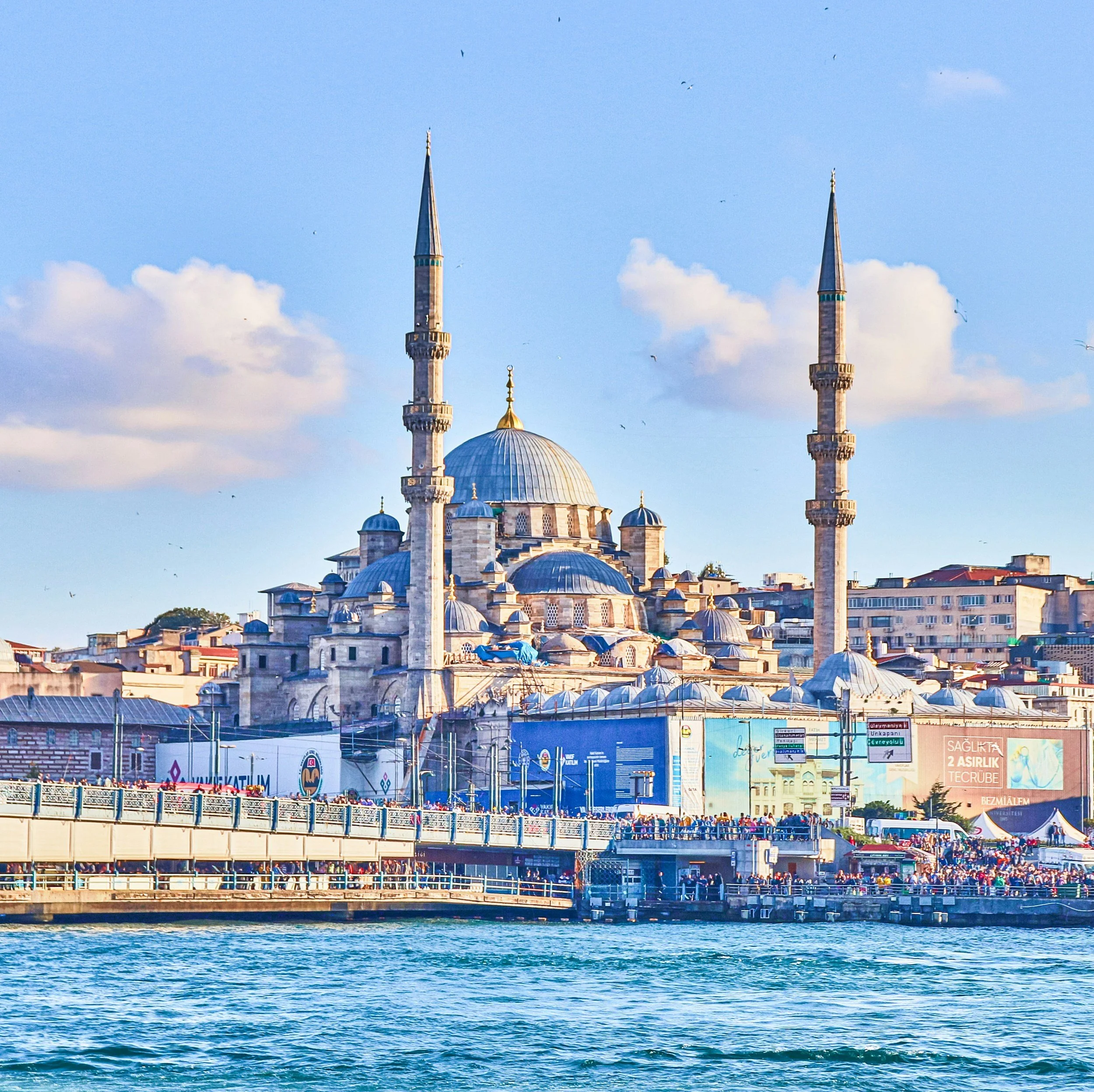In 2018, the Irish Catholic Church endured a mostly self inflicted Annus horribilus.
The Referendum to Repeal the 8th Amendment occurred that May, with the church mostly silent on the issue despite being a centrepiece of the conversations. On the runup to the vote, there were violent attacks on churches and people leaving George Soros’s ‘Repeal’ merchandise on altars.
A few months later, Pope Francis visited the country. There was a successful visit to Knock and also to Croke Park, but the organisation of his final Mass at Croke Park was a disaster. Pilgrims had to walk miles through the Phoenix Park to get to the Mass. Not only that, but a media smear campaign against the event went completely unanswered and still remains to this day. Leftists signed up for free tickets to the Mass, often by the thousands and under names like ‘Michael Jackson’. Pilgrims were warned about attending by the, mostly British owned, tabloids. They were told that makeshift morgues were being constructed to deal with deluge of death and disease from measles and mumps.
That is probably all that needs to be said about that, but it paints a picture of some of the problems in our church currently.
Part of the issue with this event was the idea that JPII visited in 1979 and that this was the first event since, which was not the case. That is how the media sees it, but it is not how Catholics should see it.
In 2001, the relics of St. Therese of Lisieux were brought to Ireland and in many ways was as big of an event as the pope’s visit in 1979, in some ways it was even bigger if we are to measure it in terms of prayer and piety rather than say mere numbers.
You can see the footage here, it is simply jaw dropping. This was at the height of revelations about scandal and abuse.
When it was announced that the relics of Saint Bernadette would visit, it was hard to know if the reception would be the same.
Yet, in many ways it has been as massive of a success as the visit in 2001 and in some ways more unique and meaningful due to the organic nature of the reception.
On September 3rd, they departed Lourdes, France, arriving in Ireland the following day.
They have since made their way to hundreds of thousands of pilgrims, who have packed churches for Masses, prayer service and healing events.
Some of the most meaningful events have been those in which people who are unwell or suffering came to seek healing, as is the message and meaning of the shrine of Lourdes.
At Knock, pilgrims lined up to touch or simply stand near the reliquary in quiet prayer, a testament to the continued importance of pilgrimage and ritual within Irish Catholicism. One must recall that up until 1829, the Penal Laws had created a devotional faith for centuries, where Mass took place in secret and where the Rosary and holy relics and sites were paramount in the faith DNA of the Irish people. The Marian aspect of the Irish faith was apparent at this visit, with Knock Shrine being one of the most unique and captivating apparition sites in the world.
The journey continued to St. Patrick’s Purgatory on Lough Derg, a site steeped in centuries of penitential tradition. The presence of Bernadette’s relics on this isolated island was symbolic, as it drew visitors willing to endure the spiritual exercises and physical austerities associated with the Lough Derg pilgrimage. The visit illustrated a profound, almost sacrificial faith that remains alive among those who take part in this pilgrimage each year. This stop served as a powerful reminder of the deep historical roots of Catholicism in Ireland, while the peaceful presence of Saint Bernadette’s relics was a gentle contrast to the demanding journey itself.
In Newry, people queued for up to an hour to see the relics.
Although Mass attendance continues to fall, even moreso after Covid, the demographics at the event consisted of a wide variety of ages and of both genders. Thousands, from young families to older devotees, attended the tour with reverence and gratitude, showing that the sense of connection to something greater remains meaningful for many.
Saint Bernadette represents many things that the Irish admire. She suffered greatly, but remained strong. She was incredibly influential, but also retained humility. In her visions at Lourdes, Bernadette was chosen as a messenger of peace and healing, traits that resonate with Irish Catholics who have a deep cultural connection to values of compassion and endurance. The symbolism of her life story—a poor girl who endured illness and hardship yet held steadfast in faith was powerful for those who see in her a reflection of their own lives and struggles.
There are still some dates left on the tour, but already, the reverence shown for Bernadette serves as a beacon of hope, showing that the spirit of devotion is still alive within Ireland. This pilgrimage, marked by personal prayer, healing, and reflection, was a reminder of the timelessness of faith and the universal need for grace and compassion.
For Ireland, welcoming Saint Bernadette’s relics served not only to honour a beloved saint but also to reaffirm the strength of its Catholic heritage, uniting the faithful in shared reverence and opening a new chapter in the spiritual story of the nation.
There is hope in Ireland and Saint Bernadette, her story and her relics have reminded us of that this year.

